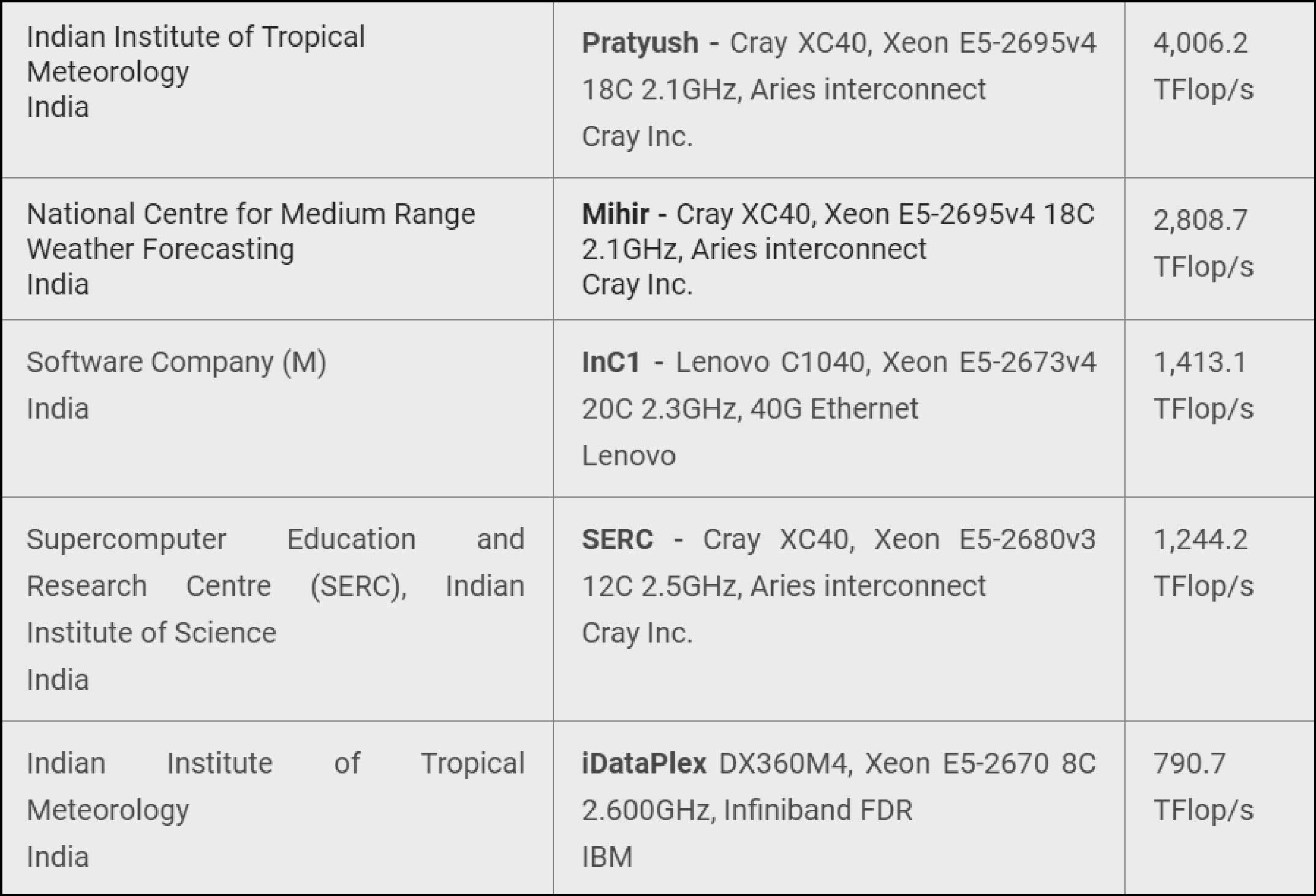Science & Technology
C-DAC’s MoUs on Supercomputing
- 14 Oct 2020
- 3 min read
Why in News
Recently, the Centre for Development of Advanced Computing (C-DAC) under the Ministry of Electronics and Information Technology (Meity) has signed 13 MoUs with the premier academic and research and development (R&D) institutions of India.
Key Points
- Aims behind the Move:
- To establish supercomputing infrastructure with assembly and manufacturing in India and critical components of the National Supercomputing Mission.
- Supercomputing has applications in so many areas like computational biology and chemistry, molecular dynamics, national security, big data analytics, government information systems, and so on.
- It becomes a powerful tool, paired with artificial intelligence (AI) and machine learning (ML), enabling it to empower people and make India ready to tackle future challenges.
- To develop India’s indigenous hardware encompassing exascale chip design, design and manufacture of exascale server boards, exascale interconnects and storage including silicon-photonics at C-DAC to achieve complete self-reliance envisioned under the Aatmanirbhar Bharat Initiative.
- Exascale computing refers to computing systems capable of calculating at least 1018 floating-point operations per second.
- Silicon photonics is an evolving technology in which data is transferred among computer chips by optical rays. Optical rays can carry far more data in less time than electrical conductors.
- To establish supercomputing infrastructure with assembly and manufacturing in India and critical components of the National Supercomputing Mission.
- National Supercomputing Mission:
- It was announced in 2015, with an aim to connect national academic and R&D institutions with a grid of more than 70 high-performance computing facilities at an estimated cost of Rs. 4,500 crores over a period of seven years.
- It supports the government's vision of 'Digital India' and 'Make in India' initiatives.
- It is being implemented by the Department of Science and Technology (DST) and Department of Electronics and Information Technology (DeitY) through C-DAC and Indian Institute of Science (IISc), Bangalore.
- The Mission envisages:
- To improve the number of supercomputers owned by India.
- To build a strong base of 20,000 skilled persons over a period of five years who will be equipped to handle the complexities of supercomputers.
- To empower Indian national academic and R&D institutions to spread over the country by installing a vast supercomputing grid comprising more than 70 high-performance computing (HPC) facilities.
India’s Top Five Supercomputers
- PARAM 8000, considered to be India’s first supercomputer was indigenously built in 1991 by C-DAC.
- SUMMIT (USA) is the fastest supercomputer in the world which can deliver upto 187,659.3 TFlop/s.





